Scott Polar Museum
One of the many reasons I love the essayist Anne Fadiman’s writings is that she is an unabashed lover of all things explorer, especially the Antarctic expeditions. It’s impossible not to be drawn to someone who writes so beautifully of their bravery and the poignant humour in their failure.
“Americans admire success. Englishmen admire heroic failure. Given a choice – at least in my reading – I’m un-American enough to take quixotry over efficiency any day. I have always found the twilight-of-an-empire aspect of the Victorian age inexpressibly poignant, and no one could be more Victorian than the brave, earnest, optimistic, self-sacrificing, patriotic, honorable, high-minded, and utterly inept men who left their names all over the maps of the Arctic and Antarctic, yet failed to navigate the Northwest Passage and lost the race to both Pole. Who but an Englishman, Lieutenant Edward Parry, would have decided, on reaching western Greenland, to wave a flag painted with an olive branch in order to ensure a peaceful first encounter with the polar Eskimos, who not only had never seen an olive branch but had never seen a tree? Who but an Englishman, the legendary Sir John Franklin, could have managed to die of starvation and scurvy along with all 129 of his men in a region of the Canadian Arctic whose game had supported an Eskimo colony for centuries? When the corpses of some of Franklin’s officers and crew were later discovered, miles from their ships, the men were found to have left behind their guns but to have lugged such essentials as monogrammed silver cutlery, a backgammon board, a cigar case, a clothes brush, a tin of button polish, and a copy of The Vicar of Wakefield. These men may have been incompetent bunglers, but, by god, they were gentlemen.” – Ex Libris
One of the more intriguing museums in Cambridge is the Scott Polar Research Institute. Founded both as a memorial to Scott after his last ill-fated voyage and as an institute to continue his scientific goals, it is now a museum, research facility, laboratories, and home to the Shackleton Memorial Library. It is a gem of a museum with some very important, very moving collections. There are last letters penned to wives and parents, scientific and photographic tools used during the expeditions, and even birds brought back from more successful ventures.
These baby emperor chicks are a touching reminder of the kind of birds and wildlife these men found and introduced to the Western world. They’re also just very sweet.
Even more than the letters home, what I found most moving was the collection of everyday items found after various lost expeditions. The goggles Scott wore, based on an Inuit design, to help protect him from the glare on the snow. The balaclava knitted by a member of the royal family for the expedition, demonstrating the excitement the whole country felt for these explorations. The huswife that was probably used every day, with the original needles and threads, and pockets to store other necessary items. It’s a comprehensive collection of the various explorations, but the museum also includes sections on the climate, native peoples, and future of these areas. It also has a smashing selection of books, which I carefully edged away from, but I’ll definitely be going back to see it again and to snap up biographies of these amazing men.
One Comment
Comments are Disabled

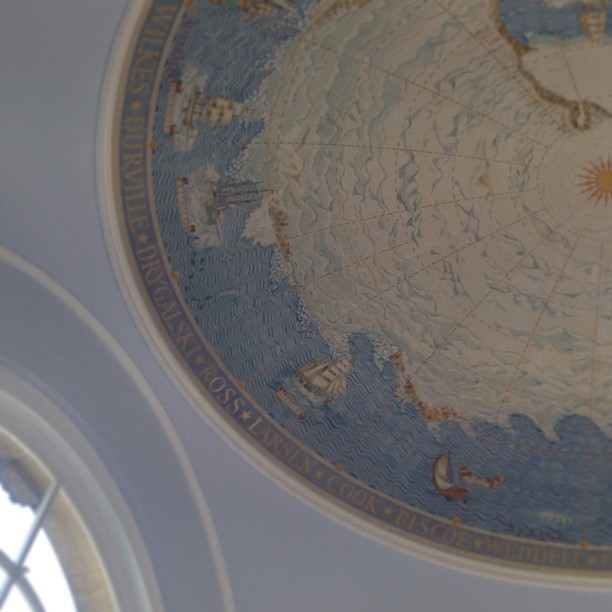
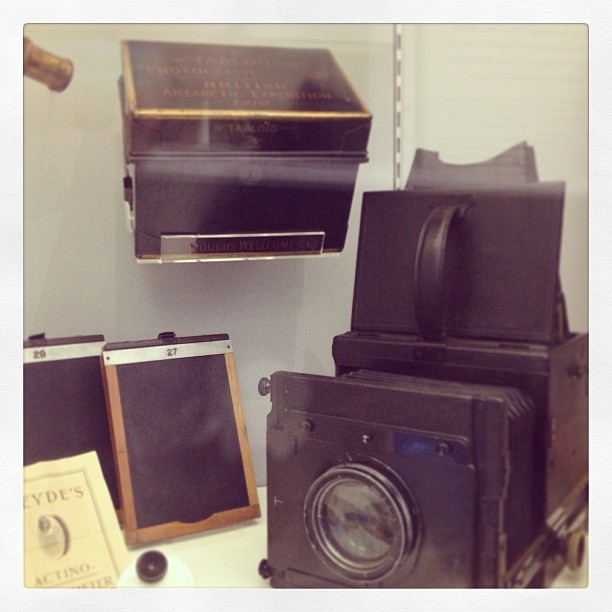
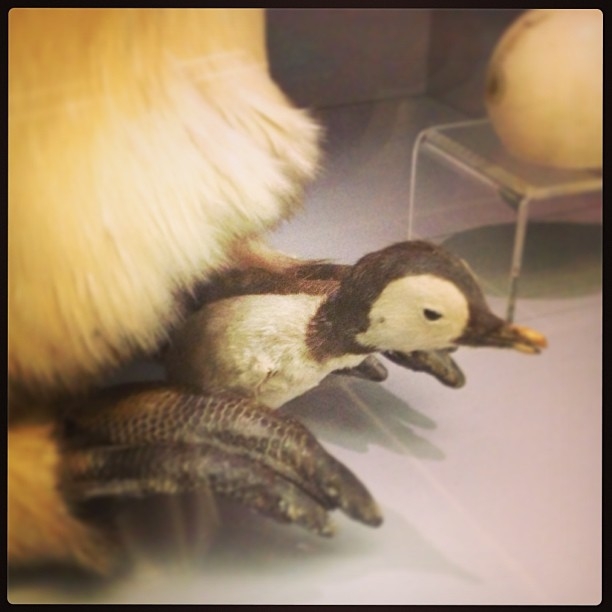
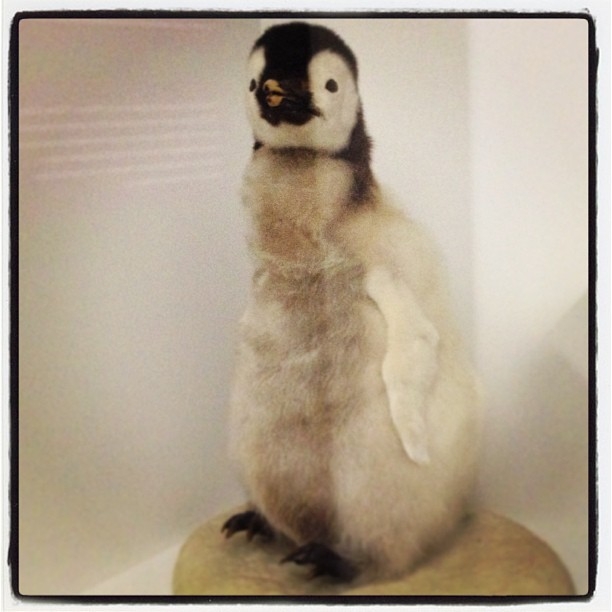
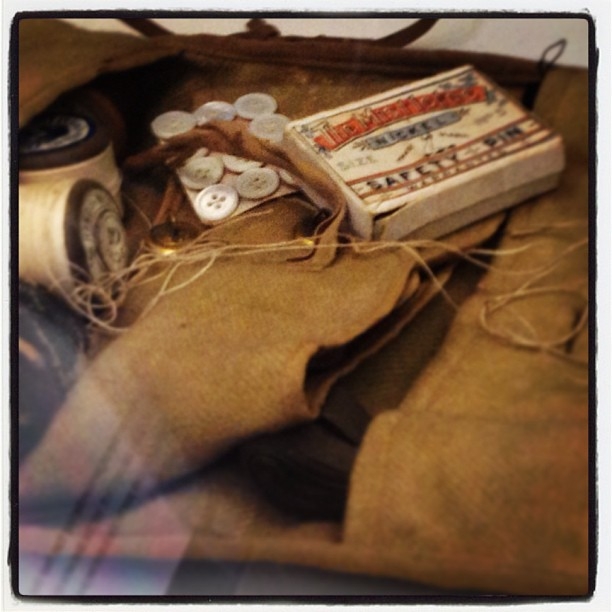
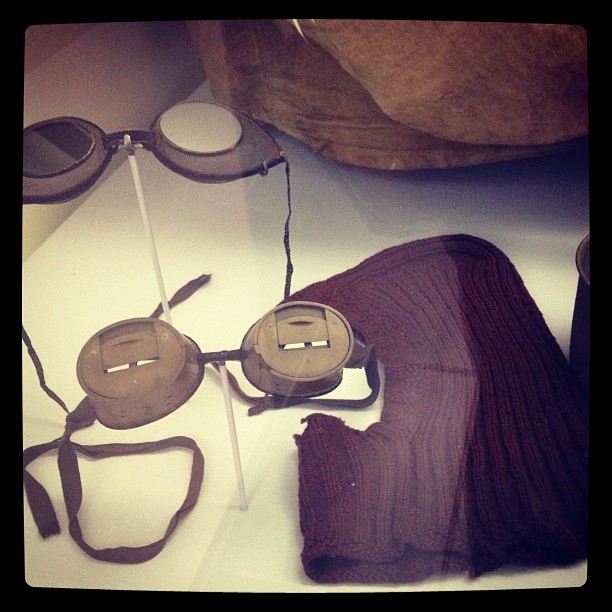
I’m a huge, huge polar exploration nerd, so I’m putting this museum on my Must See list for the fall.